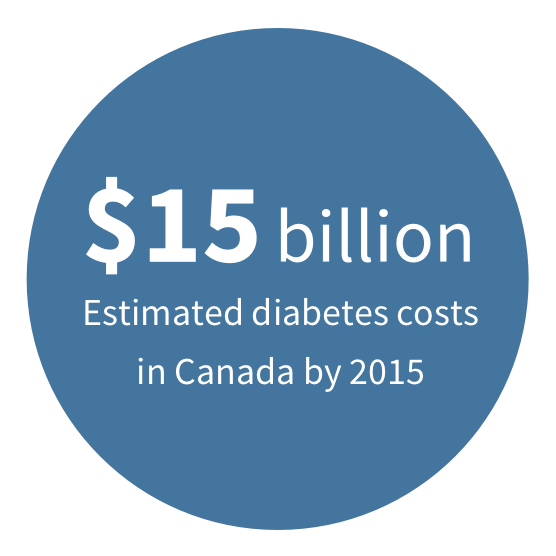
WHY WE EXIST
THE NUTRITIONAL DISEASE PROBLEM IN CANADA
Canada is in the midst of a staggering epidemic of nutritional disease
We have record numbers of people with diabetes, obesity, fatty liver, metabolic syndrome and other dietary diseases.
This epidemic started exploding around the 1980s and 1990s, not long after the United States, and then Canada, started advising Canadians to eat less fat and more carbohydrates.
Every day, we see patients suffering from the effects of these chronic but preventable nutritional diseases. These diseases often result in devastating complications such as heart disease, kidney failure, amputations and blindness.
Nutritional disease threatens to bankrupt our health care system
Adults with type 2 diabetes (and other nutritional diseases) will be heavy users of the healthcare system, with costly doctor’s visits, hospitalizations, surgeries and treatments. In addition to health care costs, these diseases are associated with pain, suffering and a lack of productivity.
Public Health Agency Canada

Estimated diabetes costs in Canada by 2015
It is not only the direct health care costs we need to be concerned about. The environmental impact of the drugs used to treat these nutritional diseases is staggering, and this is likely an unsustainable situation.
“Surprisingly, our analysis reveals that the pharmaceutical industry is significantly more emission-intensive than the automotive industry.”
Belkhir et al 2018
Earlier diagnosis means earlier complications
These diagnoses used to be made in middle to older aged adults, but they are now being diagnosed earlier and earlier. Our children are developing type 2 diabetes and fatty liver (non-alcoholic fatty liver disease – NAFLD) at record rates, which means they are at risk of diabetes complications much earlier, often in their twenties.
“The progressive form of nonalcoholic fatty liver disease (NAFLD), which is represented predominantly by nonalcoholic steatohepatitis (NASH), is rapidly becoming a top indication for liver transplantation in the United States.”
Younossi 2019
LIKE AN ICEBERG
Much of our metabolic disease is hidden
We assume individuals without type 2 diabetes or prediabetes, and individuals of ‘normal weight’, are healthy. But the exact opposite is true.
A recent large US study measured features of metabolic illness, such as waist circumference, blood glucose, blood pressure, triglycerides, HDL, and medications. Surprisingly, only 12% of US adults were metabolically healthy.